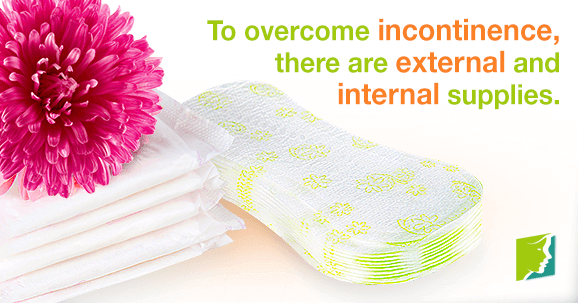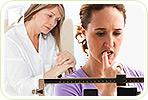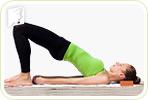Living with incontinence can cross the line from uncomfortable to unbearable, as daily life makes frequent bathroom breaks impossible. Luckily, various products exist to help overcome the obstacles of always needing to “go” and ease anxiety over sudden attacks. Read on to learn about both external and internal supplies for incontinence available on the market today.
External
These products are less invasive and usually easier to find than supplies for internal use:
Absorbent products
As the most common supplies for incontinence, absorbent products such as pads, liners, and briefs come in a wide variety of styles to fit any personal need. Depending on the situation or one's frequency of incidents, different thicknesses may be appropriate, and they are easily changed and disposed of for comfort and hygiene.
Hand-held urinals
These devices, which fit discreetly inside an oversized handbag, are useful when finding a bathroom is impossible or inconvenient. Designs are made for both men and women, and they offer a dignified way to handle incontinence on the go.
Bed pads
Many supplies for incontinence are suited for daytime, but fewer offer nighttime relief, when many report symptoms to worsen. Bed pads go over the mattress to absorb nocturnal leakage while staying dry to the touch, and they're easy to detach and wash.
Internal
Though more involved, internal products are also available and tend to be less messy:
Disposable urethral inserts
As the name suggests, these absorbent plugs are inserted into the urethra to stop unwanted urination. They can be easily removed to go to the bathroom, but they are not meant to be worn throughout the day. Urethral inserts can be purchased with a doctor's prescription.
Pessaries
These are the oldest known supplies for incontinence, but modern versions are just as effective today as they were for the ancient Greeks. Nowadays, they are normally made of silicone, and most commonly come as rings that are folded and inserted into the vagina, where they unfold to press against the bladder and stop surplus flow. They are a great non-surgical option for severe cases.
A healthy lifestyle and regular exercise can reduce symptoms so that supplies for incontinence are unnecessary, but until that time, those listed above can help you find relief. Different products are, of course, suited to different preferences and circumstances, and a combination of uses might be best. Pick one up today to stop worrying about leakage and get back to normal life.
Sources
- Jones, K.A. & Harmanli, O. (2010). Pessary Use in Pelvic Organ Prolapse and Urinary Incontinence. Reviews in Obstetrics & Gynecology, 3(1): 3-9. Retrieved fromhttp://www.ncbi.nlm.nih.gov/pmc/articles/PMC2876320/
- National Health Service.uk. (2012). Incontinence Products - Live Well - NHS Choices. Retrieved August 27, 2013 from http://www.nhs.uk/LiveWell/incontinence/Pages/Incontinenceproducts.aspx
- National Health Service.uk. (2012). Urinary Incontinence - Non-Surgical Treatment - NHS Choices. Retrieved August 27, 2013 from http://www.nhs.uk/Conditions/Incontinence-urinary/Pages/Treatment.aspx




